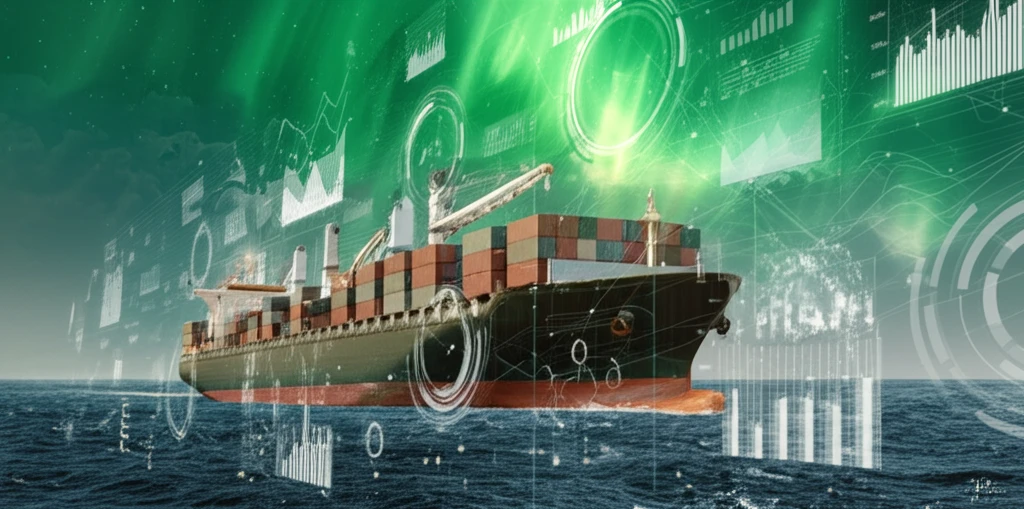
Navigate the Seas of Savings: How to Boost Your Ship's Energy Efficiency
"Discover a novel approach to ship energy efficiency that considers random environmental factors, offering a pathway to significant fuel savings and reduced emissions."
In an era defined by increasing environmental consciousness, the maritime industry stands at a pivotal crossroads. With global trade heavily reliant on shipping, the need for energy-efficient solutions has never been more pressing. The shipping sector, responsible for transporting over 80% of international trade, faces mounting pressure to reduce its carbon footprint and embrace sustainable practices.
The urgency to address climate change is underscored by international agreements such as the Paris Agreement, which calls for significant reductions in greenhouse gas (GHG) emissions. Although the agreement doesn't explicitly target shipping, the industry cannot afford to remain complacent. As regulatory scrutiny intensifies, shipping companies must proactively seek innovative strategies to minimize their environmental impact.
One promising avenue lies in the development and implementation of sophisticated energy efficiency models. These models enable ship operators to gain deeper insights into their vessels' performance, identify areas for improvement, and make data-driven decisions that optimize fuel consumption and minimize emissions. By embracing these advanced technologies, the maritime industry can navigate towards a more sustainable and economically viable future.
Understanding the Key Factors Influencing Ship Energy Efficiency

Optimizing ship energy efficiency is a multifaceted challenge, with several key factors at play. Cargo loading, ship speed, and environmental conditions all exert a significant influence on fuel consumption and overall performance. A comprehensive energy efficiency model must, therefore, account for these variables and their complex interplay.
- Cargo Loading: The amount of cargo onboard directly affects the ship's draft and resistance, influencing the power required to maintain a given speed.
- Ship Speed: Higher speeds demand more power and, consequently, greater fuel consumption. Finding the optimal speed that balances transit time with fuel efficiency is essential.
- Environmental Parameters: Wind, waves, and water depth introduce variability in resistance and propulsion, requiring adjustments to engine output.
Charting a Course Towards Sustainable Shipping
The journey towards sustainable shipping demands a commitment to innovation, collaboration, and data-driven decision-making. By embracing advanced energy efficiency models and accounting for the complexities of real-world operating conditions, the maritime industry can unlock significant fuel savings, minimize its environmental impact, and navigate towards a more prosperous and sustainable future. The time to act is now; the seas of savings await.
